Get ready for a captivating month of stargazing in August 2024. From the oppositions of the large asteroids Psyche and Iris to the peak of the Perseid meteor shower, this month promises a celestial showcase that astronomy enthusiasts won’t want to miss. Dive into the key events and prepare for an unforgettable stargazing experience.
Would you like to be notified of stargazing events?
List of Meteor Showers in August 2024
- Antihelion Source: Start on December 10; multiple peaks; end September 10.
- Piscis Austrinids: Start on July 15; peak on July 28; end on August 10.
- Southern δ-Aquariids: Start on July 12; peak on July 30; end on August 23.
- α-Capricornids: Start on July 3; peak on July 30; end on August 15.
- η-Eridanids: Start on July 31; peak on August 8; end on August 19.
- Perseids: Start on July 17; peak on August 12; end on August 24.
- κ-Cygnids: Start on August 3; peak on August 17; end on August 25.
- Aurigids: Start on August 28; peak on August 31; end on September 5.
We also have a complete list of meteor showers for the entire year of 2024 here.
List of Planetary Conjunctions in August 2024
- Conjunction of the Moon and Venus in Leo on August 5.
- Conjunction of the Moon and Mercury in Leo on August 6.
- Conjunction of Venus and Mercury in Leo on August 6.
- Conjunction of Jupiter and Mars in Taurus on August 14.
- Conjunction of the Moon and Saturn in Aquarius on August 21.
- Conjunction of the Moon and Jupiter in Taurus on August 27.
- Conjunction of the Moon and Mars in Taurus on August 28.
August 5: Conjunction of the Moon and Venus
The Moon and Venus will be at conjunction by sharing the same right ascension and passing within 1°44′ of each other.
Look for the two bodies in the constellation of Leo. The Moon will be a very thin waxing crescent (3%) at one day old and will not interfere much with stargazing this first half of August 2024. Despite this, the Moon will still be at apparent magnitude of -8.4, while Venus will be at magnitude -3.9.
Mercury will also be nearby, waiting for its own conjunction with the Moon, as well as another conjunction with Venus on the next day. So not quite a triple conjunction, but still a close gathering of 3 celestial objects.
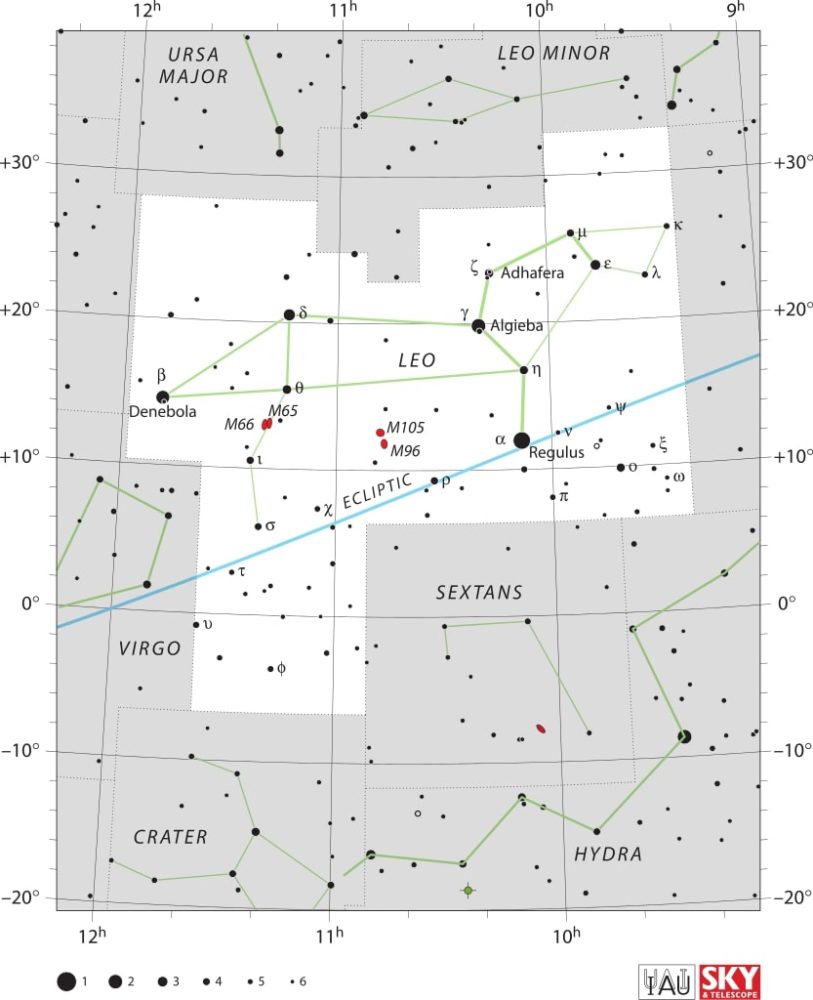

August 6: Conjunction of the Moon and Mercury
The Moon and Mercury will be at conjunction by sharing the same right ascension and passing within 7°28′ of each other.
The two celestial bodies will meet in the constellation of Leo. (Constellation map already displayed above, when discussing the conjunction of the Moon and Venus.) The Moon will be at apparent magnitude -8.5 for and Mercury at 1.6. The Moon will be a two days old waxing crescent at 3%.
August 6: Conjunction of Venus and Mercury
Venus and Mercury will be at conjunction by sharing the same right ascension and passing within 5°55′ of each other.
Look for the two planets in the constellation of Leo. (Constellation map already displayed above, when discussing the conjunction of the Moon and Venus.) Venus will be at apparent magnitude -3.9, while Mercury will be at 1.7.
August 6: Asteroids 16 Psyche and 7 Iris at opposition
The asteroids 16 Psyche and 7 Iris will be at opposition at around midnight local time. They will both reach the highest point in the sky and opposite to the Sun.
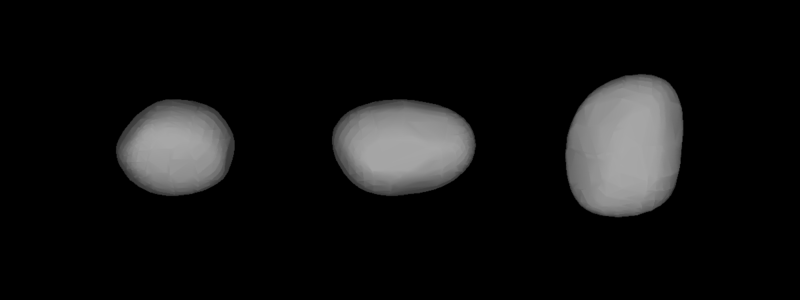

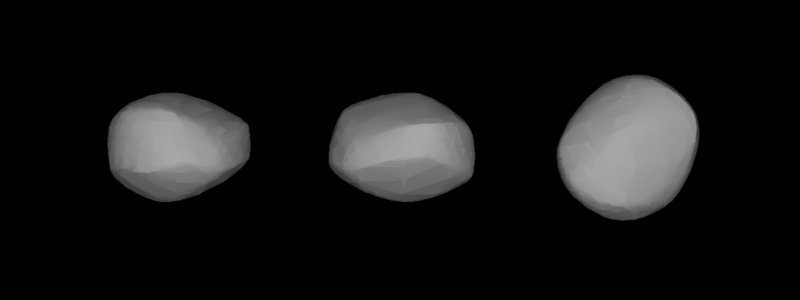

At the same time the asteroids will be closest to the Earth (perigee) at a distance of 1.706 AU for Psyche and 1.256 AU for Iris. At this time they will be the brightest, with an apparent magnitude of 9.6 and 8.3 respectively. Look in the constellations of Capricornus and Aquarius respectively, with binoculars or a telescope.
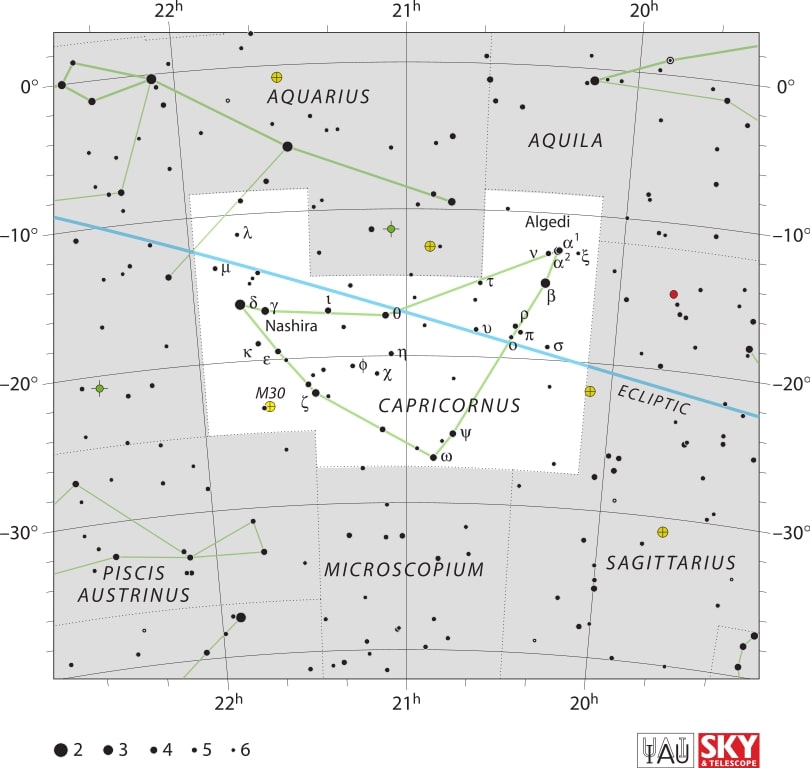

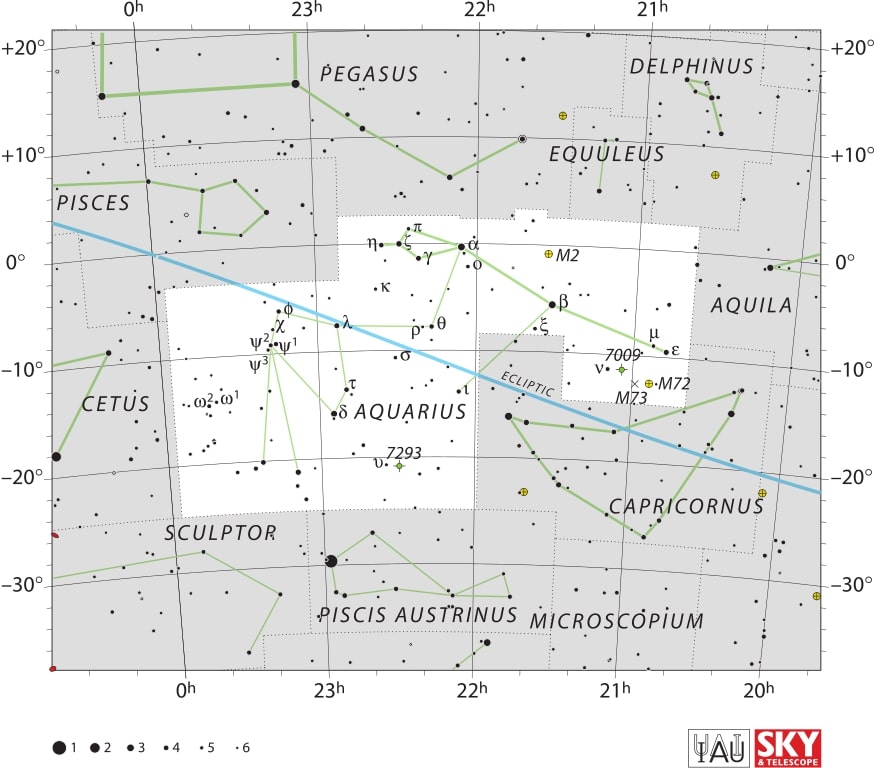

August 8: η-Eridanid meteor shower peak
The Eta Eridanids are small variable meteor shower. Some meteors may also be spotted between July 31 and August 19. They will radiate from the constellation of Eridanus at the speed of 64 km/s on average.
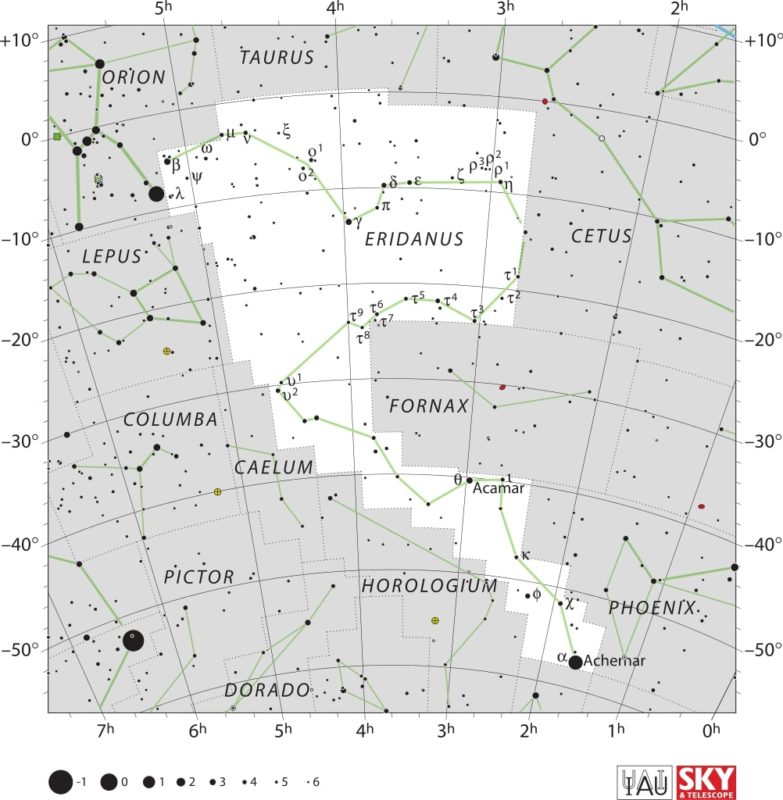

August 12: Perseid meteor shower peak
The Perseids are the largest regular meteor shower with an average of 150 meteors per hour (ZHR) during the peak if conditions are ideal. (See featured photo at the top of the article.) The Moon will be 8 days old waxing gibbous at 53%.
Some meteors may also be spotted between July 17 and August 24, enriching your stargazing this summer of 2024. They will radiate from the constellation of Perseus at the speed of 59 km/s on average, originating from debris left by comet 109P/Swift-Tuttle.
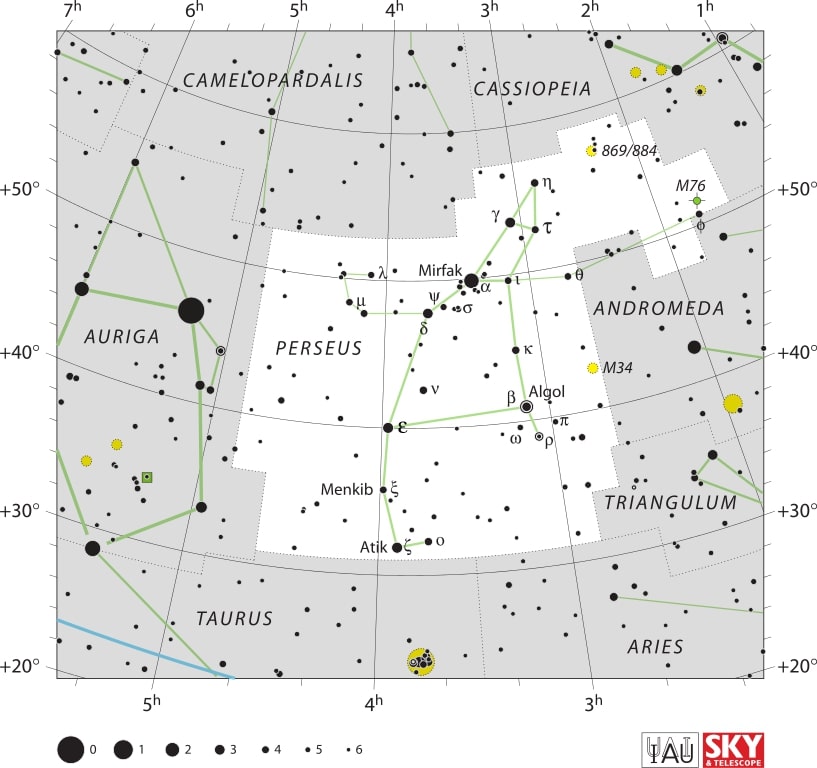

August 14: Conjunction of Jupiter and Mars
Jupiter and Mars will be at conjunction by sharing the same right ascension and passing within a mere 18′ of each other.
Around the same time, the two planets will also make a close approach (appulse) reaching 18.4 arcminutes from each other, but not sharing the same right ascension.
Look for the two planets in the constellation of Taurus. Jupiter will be at apparent magnitude -2.2, while Mars will be at 0.8. The Moon will be waxing gibbous (74%) at 10 days old.
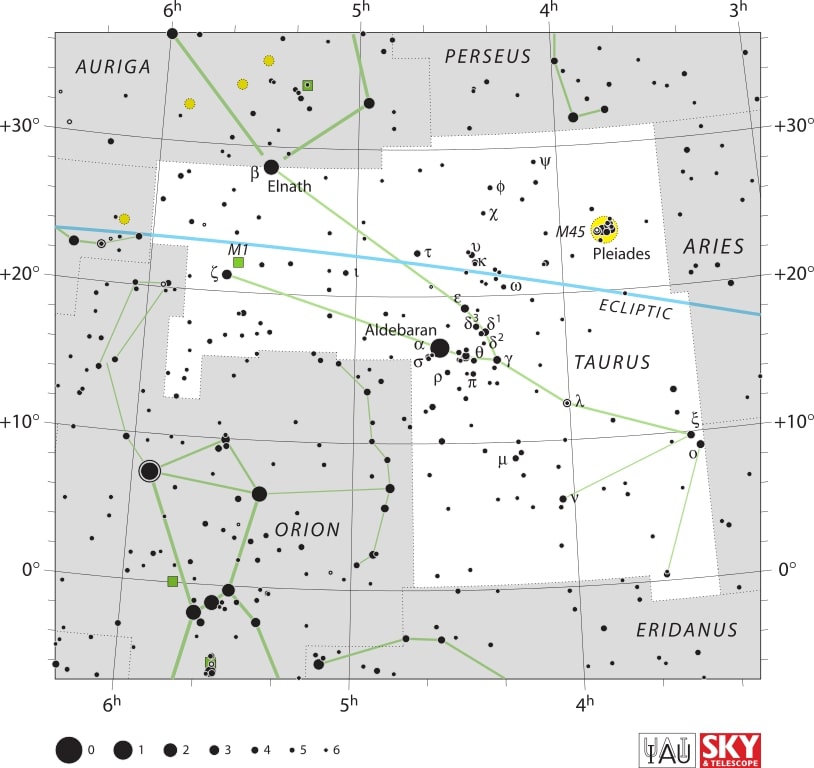

August 17: κ-Cygnid meteor shower peak
The Kappa Cygnids will peak this August 2024 with a zenithal hourly rate of 3 if stargazing conditions are ideal. Unfortunately, with the Moon a 13 days old waxing gibbous at 96%, so the conditions may not be as ideal as we would wish, due to the Moon’s interference.
Some meteors may also be spotted between August 3 and August 25. They will radiate from the constellation of Cygnus, near the star Kappa Cygni, at the speed of 25 km/s on average.
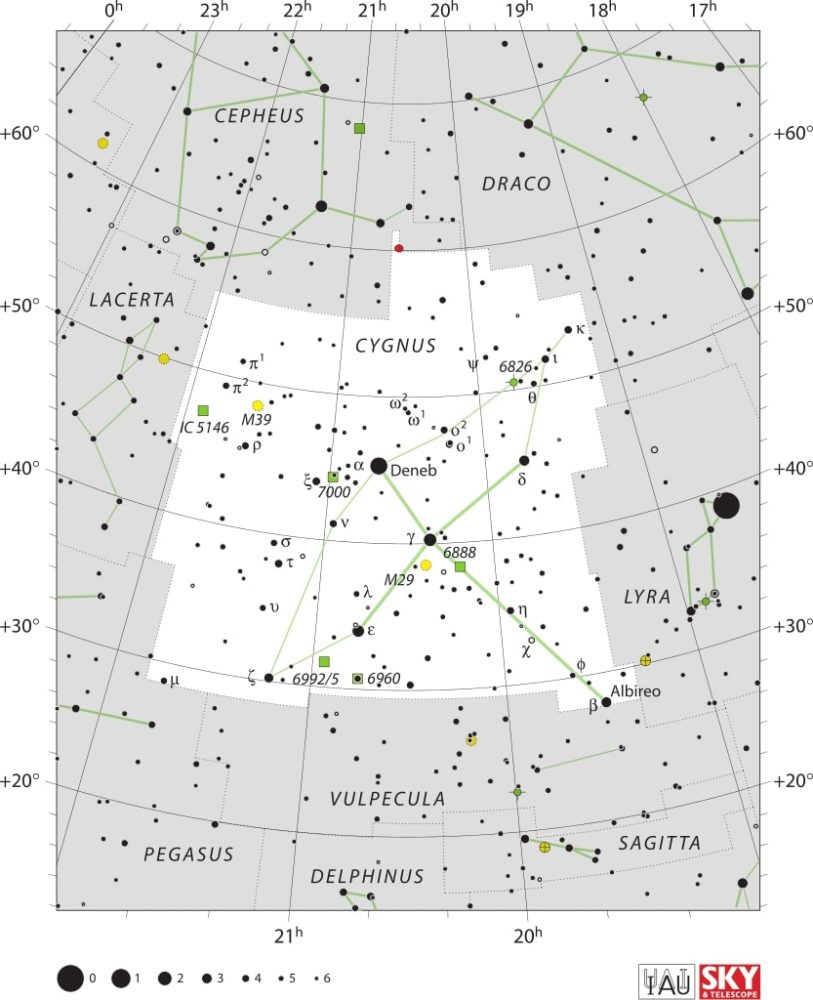

August 21: Conjunction of the Moon and Saturn
The Moon and Saturn will reach conjunction passing within 27′ of each other while sharing the same right ascension.
At around the same time the two bodies will also make a close approach (appulse) reaching 24.4 arcminutes from each other, but not sharing the same right ascension. In some parts of Latin America, North Africa and Western Europe this distance will be so close as to lead to a lunar occultation of Saturn, meaning the Moon will pass in front of Saturn thereby hiding it from view temporarily.
The Moon will be at apparent magnitude -12.7 and Saturn at magnitude 0.6 both in the constellation of Aquarius. (Constellation map already displayed above, when discussing asteroids 16 Psyche and 7 Iris at opposition.) The Moon will be 17 days old waning gibbous at 94%.
August 26: Close approach of the Moon and the Pleiades
The Moon and the Pleiades (also known as M45 or Messier 45) will make a close approach, passing within only 7.5 arcminutes of each other.
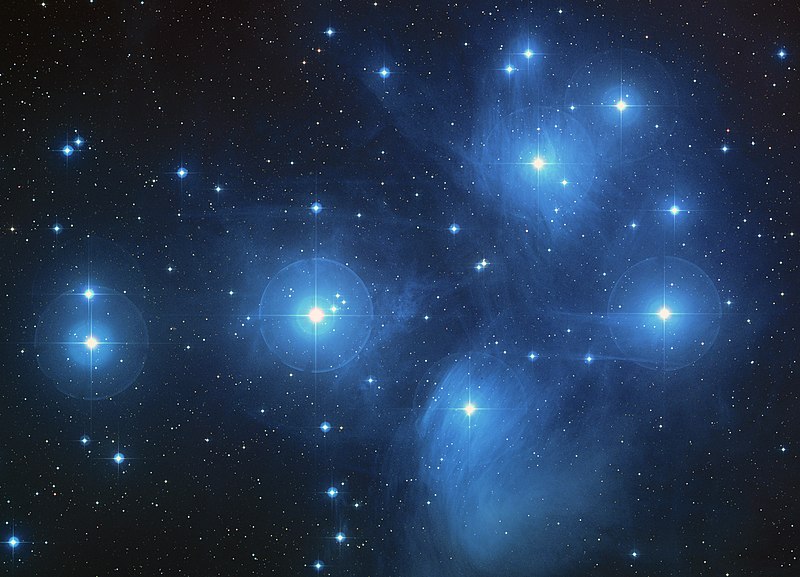

Both objects will be in the constellation of Taurus with the Moon being at apparent magnitude -12.0; and the Pleiades at 1.3. (Constellation map already displayed above, when discussing the conjunction of Jupiter and Mars.) The Moon will be a 22 days old waning crescent at 47%.
August 27: Conjunction of the Moon and Jupiter
The Moon and Jupiter will reach conjunction passing within 5°40′ of each other while sharing the same right ascension.
Around the same time, the two bodies will also make a close approach (appulse) reaching 5°38′ from each other, but not sharing the same right ascension.
The Moon will be at apparent magnitude -11.6 and Jupiter at magnitude -2.3 both in the constellation of Taurus. (Constellation map already displayed above, when discussing the conjunction of Jupiter and Mars.) The Moon will be a 23 days old waning crescent at 32%.
August 28: Conjunction of the Moon and Mars
The Moon and Mars will be at conjunction by sharing the same right ascension and passing within 5°16′ of each other.
Around the same time, the two bodies will also make a close approach (appulse) reaching 5°15′ from each other, but not sharing the same right ascension.
Look for the two bodies in the constellation of Taurus. (Constellation map already displayed above, when discussing the conjunction of Jupiter and Mars.) The Moon will be a very thin waning crescent (27%) at 24 days old, close to new moon – and will not interfere much with stargazing this end of August 2024. Despite this, the Moon will still be at apparent magnitude of -11.4, while Mars will be at magnitude 0.8.
August 31: Aurigid meteor shower peak
The Aurigids will peak this August 2024 with a zenithal hourly rate of 6 if stargazing conditions are ideal. With the Moon a 27 days old waning crescent at 2%, the conditions will be close to ideal, baring unfavorable atmospheric conditions.
Some meteors may also be spotted between August 28 and September 5. They will radiate from the constellation of Auriga at the speed of 66 km/s on average. The meteors from this shower originate from comet Kiess (C/1911 N1).
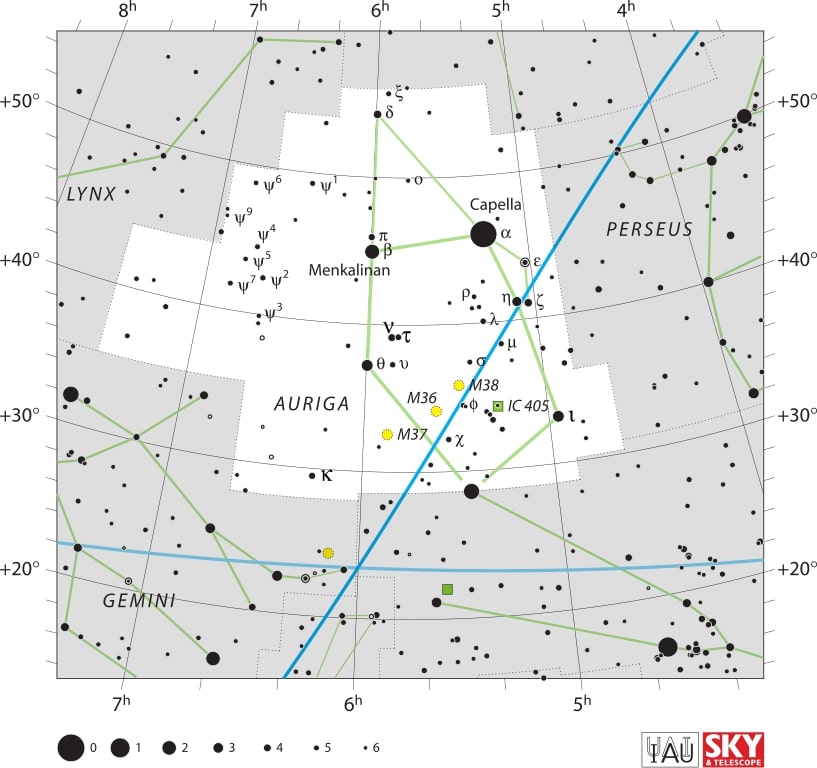

Moon Phases in August 2024
As you know, the Moon has a big impact on the visibility of celestial bodies and astronomical events in the night sky. So to help you with stargazing, here’s a calendar of the phases of Moon for this month of August 2024:
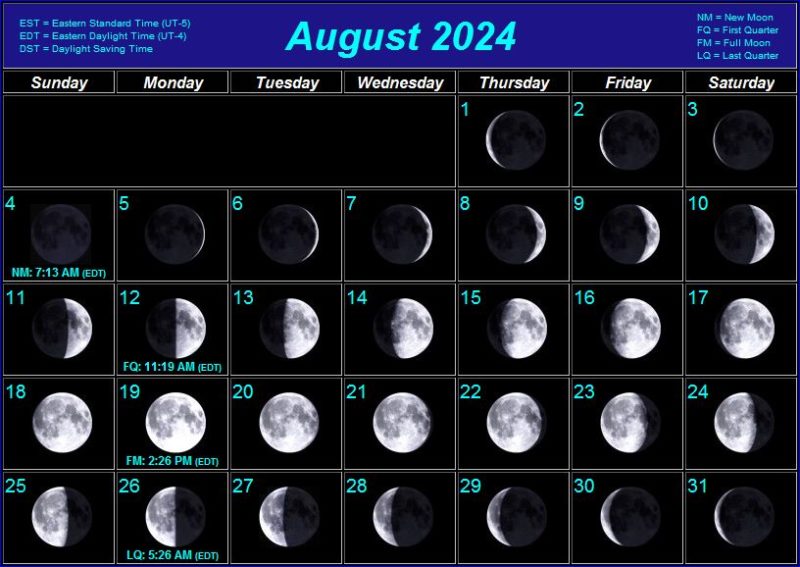

Positions of the Planets in August 2024
- Mercury: The closest planet to the Sun can be seen at dawn and dusk travelling across the constellation of Leo. This planet, being the closest to the Sun, will appear to move quickly in the night sky and its position will change in the following weeks.
- Venus: The sister planet can be seen travelling across the constellation of Leo. Just like Mercury, Venus can only be seen at dawn and dusk.
- Mars: The red planet can be seen in the constellation of Taurus.
- Jupiter: The gas giant is visible in the constellation of Taurus. Jupiter can easily be spotted with the naked eye, even in highly illuminated cities.
- Saturn: The ringed giant can be seen with the naked eye in the constellation of Aquarius.
- Uranus: The ice giant can be seen in the constellation of Taurus with the use of a telescope.
- Neptune: The blue giant requires a telescope pointed in the constellation of Pisces in order to be seen.
Positions of Dwarf Planets and Large Asteroids in August 2024
- Ceres: The asteroid belt’s lone dwarf planet can be seen in the constellation of Sagittarius with the help of a telescope.
- Vesta: This large asteroid can be seen in the constellation of Leo with a telescope.
- Pallas: The asteroid can be observed with a telescope in the constellation of Serpens.
- Hygiea: The fourth largest asteroid can be found with a telescope in the constellation of Aries.
- Pluto: This distant dwarf planet can be found in the constellation of Capricornus with the help of a large telescope.
Major astronomical events next month – September 2024
- September 2: Asteroid 194 Prokne at opposition
- September 6: ν-Eridanid meteor shower peak
- September 8: Saturn at opposition
- September 9: September ε-Perseid meteor shower peak
- September 14: χ-Cygnid meteor shower peak
- September 18: Partial lunar eclipse
- September 21: Neptune at opposition
- September 22: September equinox
- September 27: Daytime Sextantid meteor shower peak
- September 27: Comet C/2023 A3 (Tsuchinshan-ATLAS) at perihelion
- September 29: Asteroid 20 Massalia at opposition
Conclusion
In short, August 2024 offers a wealth of stargazing opportunities, including the oppositions of asteroids Psyche and Iris, and the peaks of meteor showers like the Perseids and Aurigids. These events make it a prime month for astronomy enthusiasts.
To ensure you don’t miss out on any celestial happenings, sign up for our newsletter to receive stargazing calendars and more updates. Happy stargazing!
Sources:
See also: